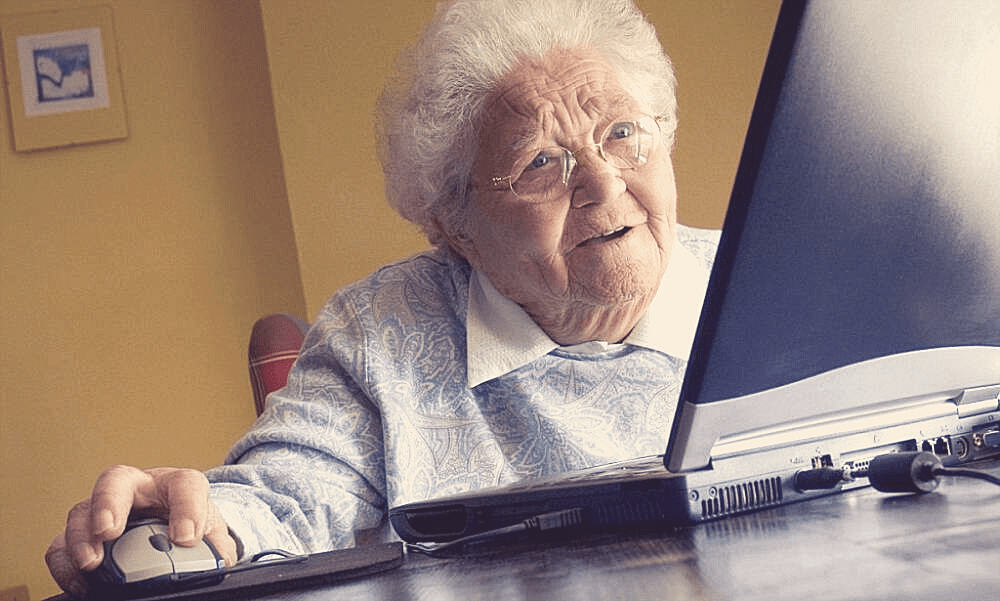
The aged care industry is facing increasing levels of competition, becoming far more consumer-orientated and undergoing reform (Consumer Directed Care, introduction of the Increasing Choice in Home Care measure, etc.).
As in any other industry, there is an increased need (and expectation) that providers understand their target audience and engage in social media as a marketing, outreach and customer service tool.
Organisations are using tools such as social media to build communities and engage in dialogue – moving on from simply putting static information on their websites. Seventy-six per cent of Australian large businesses use social media for communication with clients and contacts.1
The elderly and their families are increasingly using social media to communicate, receive news, research and engage with brands. In the United States, 62 percent of over-65s used Facebook in 2016, up from 48 percent in 20152. In Australia the trend is similar with 20 percent now using social media at least once a day, up from 5 percent in 2011, and 7 percent using it to follow or find out about particular brands of business in general’, up from 1 percent in 2013.
However, while aged care customers are moving onto social media platforms, the industry itself is still learning how to make effective use of this technology and has historically avoided engagement due to concerns around staff skills, budget and the belief that activity increases risk.
In a competitive market, the challenge for aged care providers is to identify and meet the needs (and annoyances) of their customers. A sophisticated social media program with a rigorous monitoring and reporting framework will help to identify customer desires and concerns and respond accordingly. Furthermore, insights derived from social media can be integrated into a broader digital strategy to gather business intelligence and differentiate and best position the brand.
Social media is no longer considered a workplace distraction but a tool for empowering employees. Leading social media programs the technology to not only connect with their customer base and develop important stakeholder relations but also to improve culture and morale amongst internal stakeholders.
Word-of-mouth messages from employees often beat corporate messaging in being the most powerful marketing tool. Increasingly organisations are encouraging staff to promote their professional expertise, knowledge and experience, and build their own personal brand on social media. There are numerous ways that aged care providers can go about this; utilising the professional networking potential of LinkedIn, developing a blog, or creating or joining an online community group, for example.
From a personal well-being viewpoint, social media provides an opportunity for carers to interact with people experiencing similar challenges, connect and seek support from others within the community.
To control risk, organisations must develop and communicate their social media use policy and educate staff about the need to respect information disclosure, appropriate conduct and regulatory expectations. Employees should be empowered but also supported on social media.
Social media’s ability to enable people with similar experiences to connect and provide anonymous (or semi-anonymous) feedback makes it a vital source in maintaining operations, service quality and standards.
A well-structured social media program is critical for providers to manage clients, stakeholders, the public and the media in the digital world; the strategy is a cornerstone of this success. Unfortunately, ad-hoc program management is all too common across corporate Australia. While it may deliver short-term wins, systemic risks or external causes may prevent a thriving program.
A leading-edge social media strategy will define what the organisation is seeking to achieve and will outline the supporting processes, key success factors, reporting and performance indicators. To achieve best practice outcomes, the social media strategy needs to strike the right balance between aspirations and internal realities.
In highly competitive markets, organisations need to be open and engage in dialogue with staff as well as customers. Progressive social media programs provide a strong competitive advantage in the contemporary digital landscape. As a modern-day ‘shopfront’ for customers and the general public, social media also gives individuals unfamiliar with the company an opportunity to connect with a provider and begin a path to purchase.
Leading social media programs balance strategic objectives with best-practice risk management principles, have appropriate business buy-in, and importantly, are true to the spirit of social media. What’s needed is a willingness to engage and interact with audiences and not rely on one-way marketing or broadcasting.
Being active in social media is important in the new media landscape – if you don’t direct your brand narrative, others will.
Permission was given to republish the article. This content was originally published by KPMG.